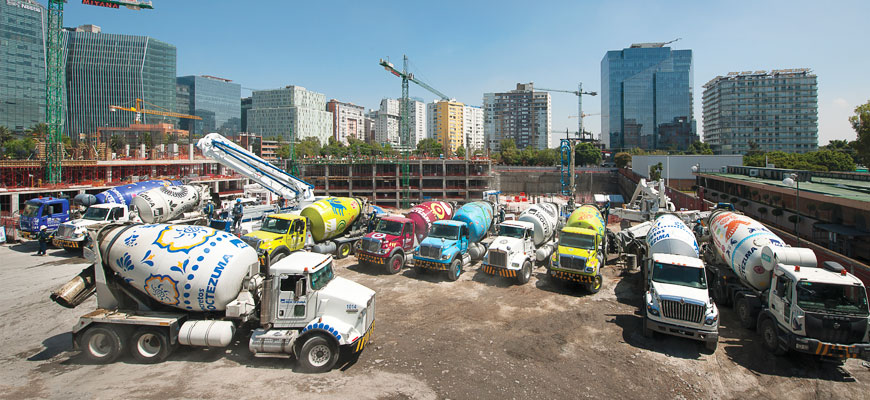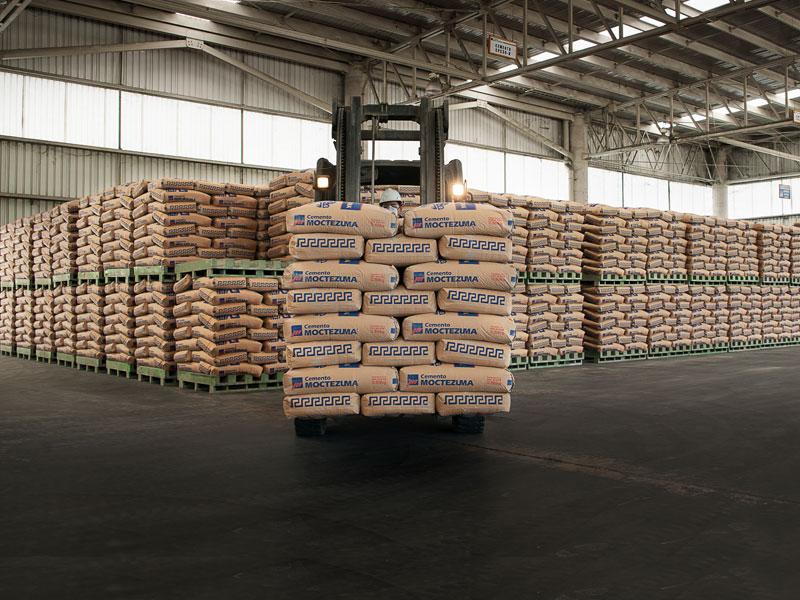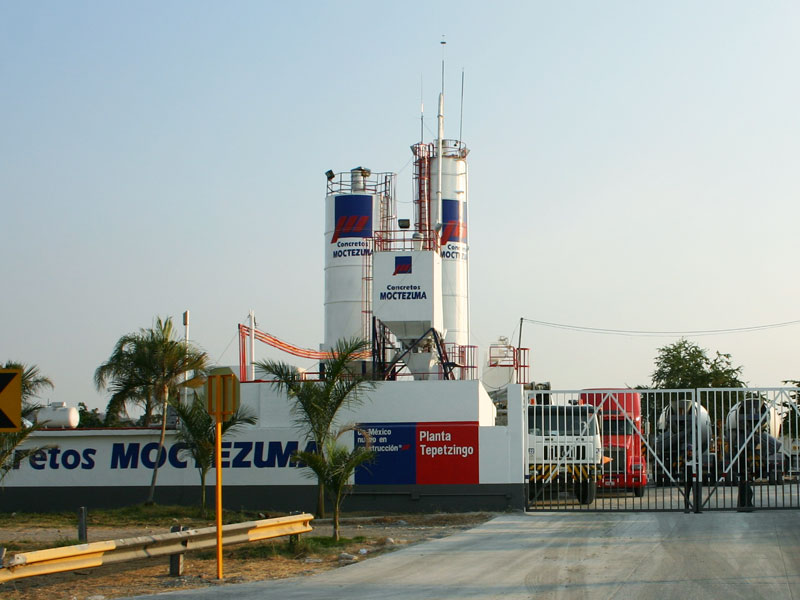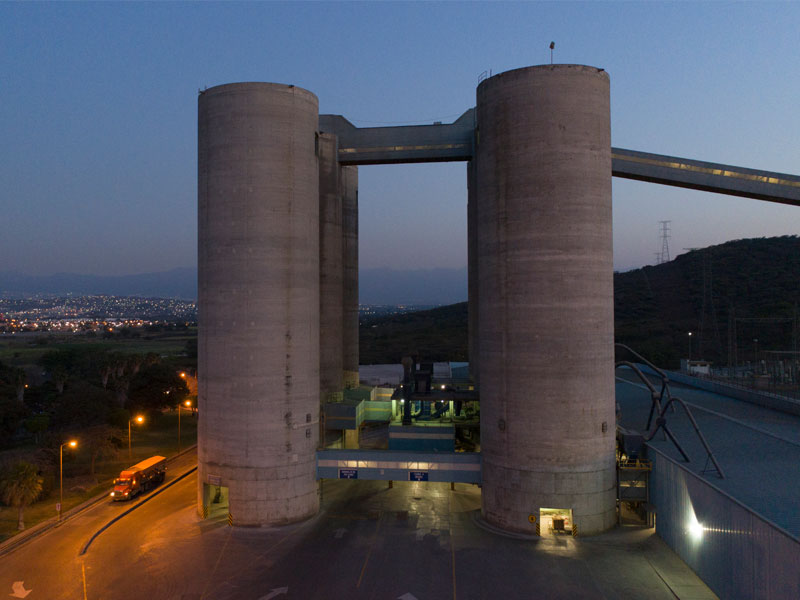

On February 28, 2017, with our Concertos Moctezuma® division we made the greatest supply in our history, using two base plants (Central Plant and Eulalia Guzman Plant), five support plants in Mexico City, as well as 101 mixer units, two stationary pumps, and three telescopic pumps, it reached 5,681 m3 in 23 hours as the time limit for the development MIYANA.
Gigante Grupo Inmobiliario and private investors are allocating five billion pesos to build this project. A mega-development which includes a shopping center, offices, and a housing development which will be located in Polanco, in Mexico City, and which covers 500,000 m² of construction in a plot of 44,000 m². The first stage, which will be five years long, involves the building of two towers, one for housing, and another for offices.
This way, on this initial date, the massive supply of 5,681 m3 corresponding to the foundations was made, thanks to the joint efforts of Concretos Moctezuma and Grupo VYG, S.A. de C.V., alliance that has been successful for over 20 years.
The following are the supply details on this first stage of the MIYANA development:
| Concrete specification | f´c 300 to 28 days, Aggregate 20 mm, Slump 18 cm Class 1 Reinforced with temperature control at 23 degrees at unloading |
| Volume supplied | 5,681 m³ |
| Supply duration | 23 continuous hours |
| Start | February 28, 22:00 hours |
| End | March 1, 9:00 hours |
| Average per hour | 247 m³ |
| Vehicle fleet involved | 101 Mixing Units of 7, 10, and 12 m³ capacity |
| Average trip/m3 | 8.2 |
| Average cycle | 01:32 |
| Average m3/UR’s | 56.25 |
| Pumps | 2 telescopic and 3 stationary |
| Plants participating |
Central Plant: Eulalia Guzman Plant: |
| Support Plants |
|
MIYANA is located in Ejercito Nacional, just next to Antara Fashion Hall, in the New Polanco, an area wiuth new shopping centers, museums, and residential buildings in a formerly industrial area of Mexico City. This project considers, among other attractions:
- A 50,000 m2 shopping center
- 3 towers or medium housing
- 3 towers offices
- Entertainment venues
- Fast food restaurants
- Supermarket
- Home decoration shops
- Pet shops
- Stationery shops
The above is a clear sample that Concertos Moctezuma® is present in the construction industry with state-of-the-art technology in plants, unit supply, pumping service, besides offering Technical Support, ensuring the quality that great projects required for a New Mexico under construction.
Technical Information
The massive concrete casting of the megadevelopment MIYANA was achieved thanks to the coordination of Grupo VYG and the Production, Logistics, and Technical areas of Moctezuma, which resulted in an excellent work, and more importantly, without any cracks in the element.
The thickness of the concrete changed in the foundations, as the center had a thickness of 1.80 m, in the intermediate area, 90 cm and 60 cm in the ends.
The readings were obtained from the deepest area, as there is where most hydrating heat is generated.
The massive concrete is used in buildings where great volume elements are required, as the case of building foundations, in hydroelectric, and thermoelectric projects, etc. where good casting logistics, pumping equipment, motorized mixing units are not enough, and the control of the high temperatures generated in the internal part of the element and surface is also important, due to the hydration heat of the concrete.
The definition of massive concrete is when the thermal behavior or heat generation can cause cracks or volume changes in elements of important dimensions (ACI 116R).
The greatest risk of massive concretes is having cracks that make water migration of water table levels to the reinforced steel, causing its corrosion. The water introduced to the interior and exterior of the concrete element contains sulfates that degrade the concrete and reduce its useful life. To prevent or reduce crack creation, the ACI (American Concrete Institute) recommendations are used, as there must be a strict control in the following items:
The selection of the amount and type of cement is essential, as cements with los hydration heat and where the amount of cement does not generate more heat must be used.
- The mix must have the lowest concentration possible, so aggregates (gravel and sand) must be quality materials, with the least amount of fines possible in the case of sand.
- The initial temperature of fresh concrete must be the lowest possible, this is, between 21 and 25°C to prevent a temperature increase once hardened, which is present between the second and fourth day after casting. As an example, if high temperatures are obtained in fresh state (>30°C) once hardened temperatures of around 80°C can be reached, which gives a high possibility of crack creation.
- It us very important that the difference between the surface temperature and the temperature of the center of the element does not exceed 20°C.
- Another important measure is the element saturation, with a water tie or with water saturated rubber foam. A plastic cover was used over the surface to prevent loss of evaporation, so the element decreased its temperature in a uniform or monolithic way.
- Once the temperature is between 15 and 10°C among the center of the element and the ambient temperature, the casts can be removed, and the curing must be at least for 7 days.
- Temperatures are measured through ½” copper tubes and thermocouples, which sensor is introduced in the empty tube.


